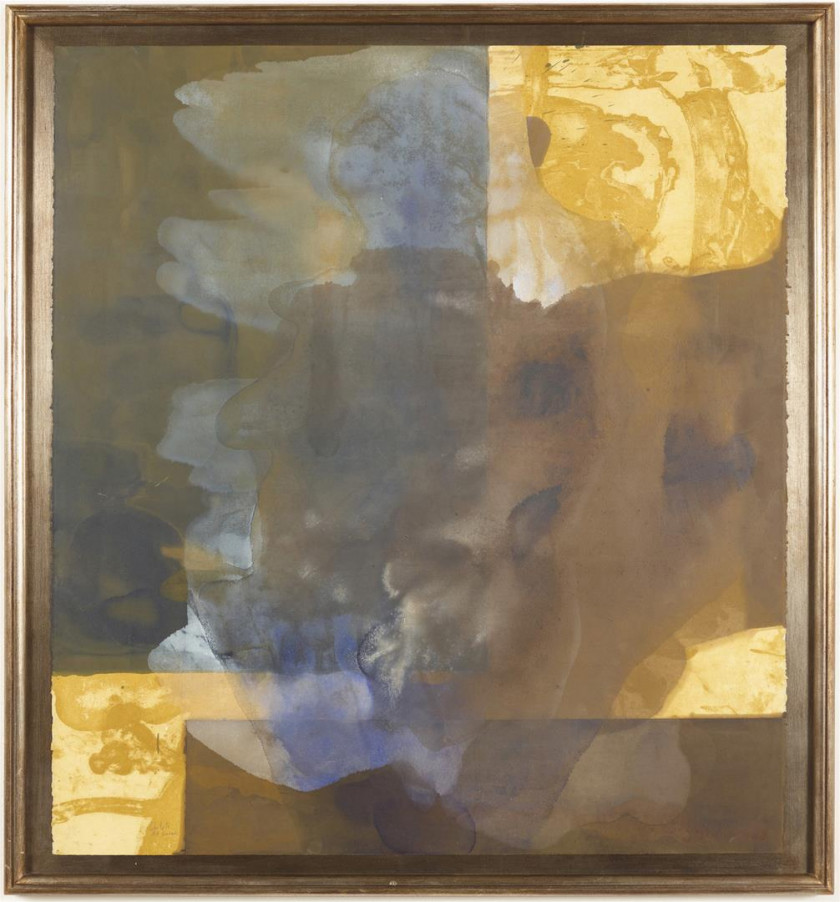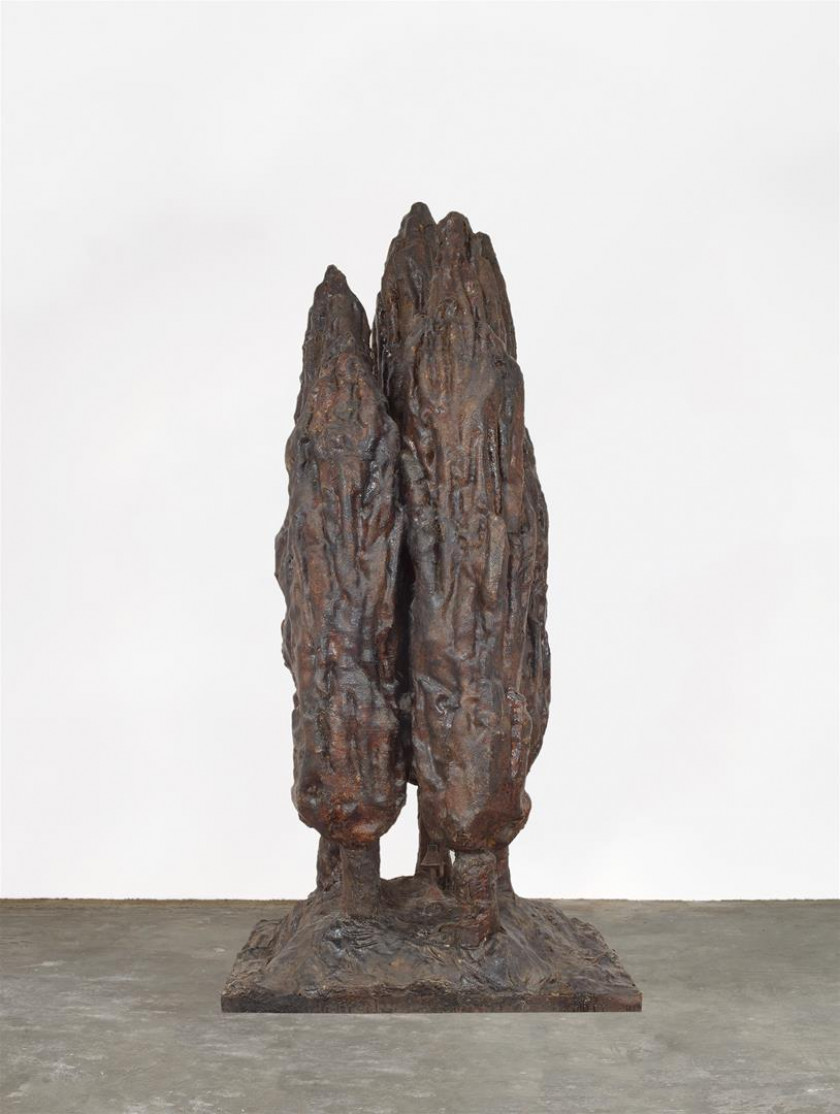Lanzarote
other


1996
Mix media on paper
132 x 121,5 cm
The memory of places appears frequently in the work of Pedro Cabrita Reis. The intense living of a landscape, a detail of a church, a street perfumed with the afternoon aromas, a city, and the personal souvenir of that experience, may become the starting point for the construction of a “fictional model” that aims to “grasp” that experience which time will eventually dilute. For Cabrita, art is inseparable from life, and this work is inscribed in this territory, evoking the memory of a past time.
Through a play of blots and transparencies, but also the suggestion of a figurative dissipated by abstraction, the composition, somewhere between drawing and painting, emphasizes chromaticism, in which black seems to incarnate metaphorically the calcined lava of the Lanzarote landscape, together with the shades of blue and gold, symbolic of other elements in the same landscape.
In this way, a “dislocation of sense” occurs to that other threshold that mediates remembrance and forgetfulness. Time and its inherent feeling of loss find shelter and resistance in the work of art, as soft evocation of a gaze which, originating from the image, receives the echo of a thought on the world.
José Carlos Pereira

![The Cotton Fabric Paintings #12 [Pinturas em Tecido de Algodão #12]](https://cms.macam.pt/storage/uploads/thumbs/inarte-work-3944_w840.jpg)
![Blossom #8 [Desabrochar #8]](https://cms.macam.pt/storage/uploads/thumbs/inarte-work-4072_w840.jpg)